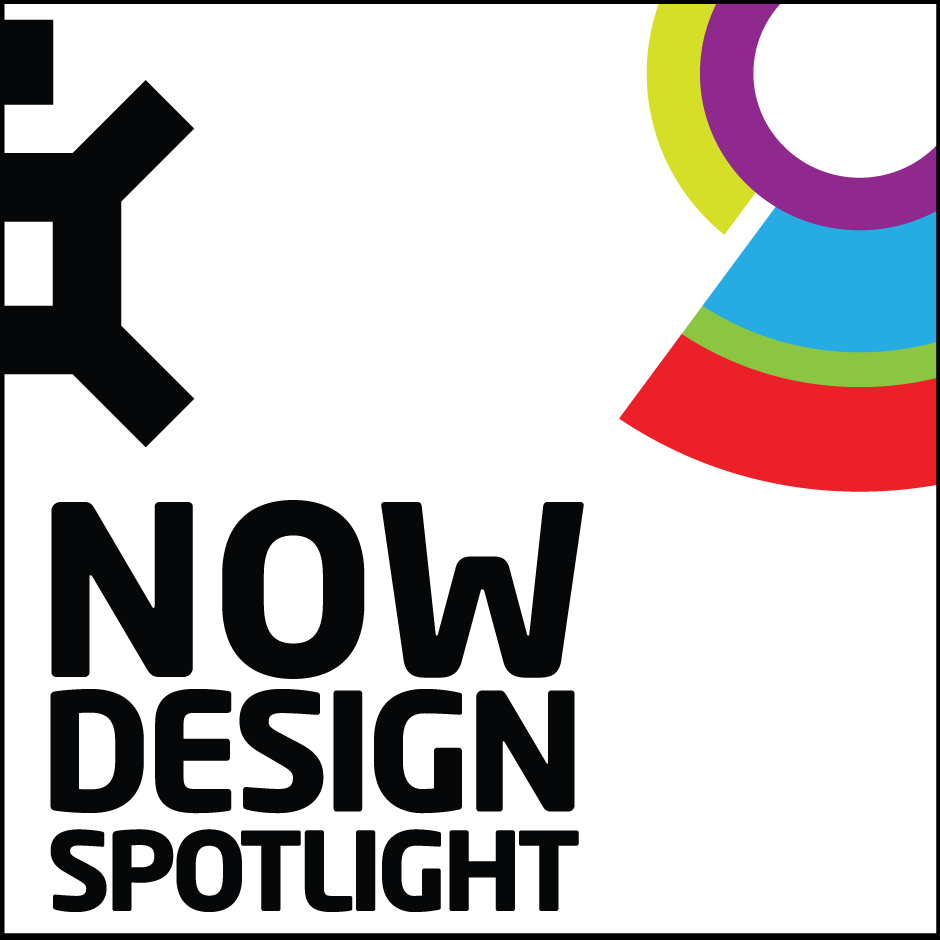

Project Overview
Contact tracing is essential for containing COVID-19, but not everyone can remember who they have been in contact with. TraceTogether uses Bluetooth to identify who you have been with rather than where you have been. To develop this app, GovTech had to test dozens of different phones, calibrating wildly differing Bluetooth signal strengths.
Organisation
Gov Tech Singapore / Ministry of Health Singapore / Singapore United
Project Context
Singapore has been battling COVID-19 since its first case of infection was confirmed on 23 January 2020. As of 23 March, 12pm, there are a total of 509 confirmed cases in Singapore. Much of the credit for the country’s response goes to our contact tracing efforts. Working in collaboration with healthcare colleagues at the hospitals, as well as the Singapore Police Force, the contact tracers at the Ministry of Health (MOH) have to date identified over 8,000 close contacts who have been quarantined.
While contact tracing has helped Singapore contain the spread of the virus, the process is painstaking and labour-intensive. Furthermore, even the most strenuous efforts of contact tracers can be thwarted by lapses in memory and the fact that there is simply no way for people to retroactively identify strangers they might have come into contact with.
But most people already carry a pocket contact tracer with them at all times: their mobile phones. Taking advantage of Singapore’s high mobile penetration rates, GovTech has built TraceTogether, an app that uses Bluetooth to do contact tracing with a difference.
Project Innovation
Given the ubiquity of mobile phones and their range of communication capabilities, they were a natural starting point when thinking about technological solutions to the problem of contact tracing. However, many of the existing apps focus on location-based services, using global positioning service (GPS) to identify people who have been in close proximity to an infected person.
While GPS works well in wide, open spaces, it fares poorly when it comes to indoor and highly urbanised settings, said Mr Jason Bay, Senior Director of Government Digital Services at GovTech. “If you are one floor down in a building, your GPS location could look the same as someone in the floor above you because of signal reflections and multipath propagation effects,” he explained.
Aside from the technical challenge, using location data for contact tracing also raises serious privacy and data security concerns. If users are hesitant to download the app for fear of inadvertently revealing their movements, its ability to link the dots would be greatly diminished.
Social and Community-Oriented Design - Digital
Social design applies a design methodology and intervention to tighten the social fabric that holds us together. Addressing issues of social inequality, such as poverty or social isolation, social design is the pathway to a more just and sustainable society. Community-oriented design is a human-centered and participatory design practice that emphasises the betterment of local communities through the improvement of public facilities, equipment, identity and experience.
The digital category celebrates design outcomes across digital platforms and includes motion design, front end and interaction design, user experience design and digital product design.
More Details


